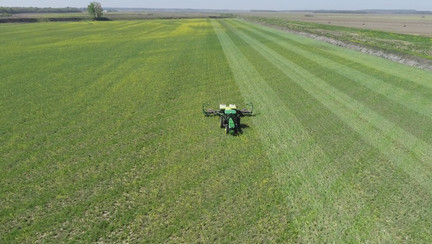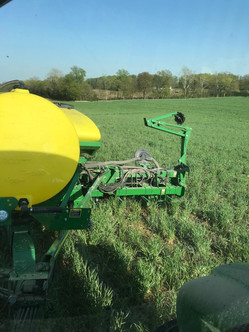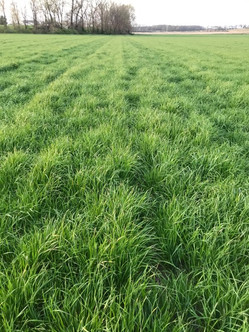Protecting Earth's Skin - Earth Day 2020
- CCSI
- Apr 22, 2020
- 2 min read
Much has changed between World Soil Day on December 5th and the 50th Anniversary of Earth Day today, April 22nd 2020. In a world closed because of organism consisting of an enveloped single strand of RNA, it is still important to look beyond the next few months and the importance of protecting the fragile skin of this planet – the soil.
Image credits: Dubois County SWCD (L) and USDA-FSA (R)
The images are separated by 85 years. Geographically, they are probably separated by less than 50 miles.
Soil is a precious commodity. Think of the Earth as an Apple
Cut the apple into quarters.
Remove 3 of the 4 quarters – This represents the area of Earth covered by water.
Cut the remaining quarter in half. Discard half (1/8 of the original apple) – This represents areas of Earth that cannot produce food, fiber, or lumber because it is either under polar icecaps or mountain ranges.
Cut off about ¼ of the remaining 1/8th (1/32 of the original apple) – This represents the portion of Earth suitable to raise food, fiber, and lumber. The remaining portion is too hot, too dry, too wet, or too cold…
Remove the skin from the sliver. This represents the soil available to raise all of the food, fiber and lumber on this planet.
Soil is too precious of a commodity NOT to protect.
On this Earth Day, as farmers across Indiana and across the Nation are entering a third consecutive year of economic extremes and environmental havoc, let’s take time to remember the importance of our work to improve soil health – both today, and in the future.
Champion Soil Health Farmers have proven that this system of Minimizing Disturbance and Maximizing Residue, Biodiversity, and Living Roots can build resilience to both economic and environmental extremes. Let’s celebrate those farmers and the conservation professionals, agronomists, and others who help other farmers and landowners adopt soil health practices.
These images taken yesterday in Pike and Gibson Counties show the kind of farming we are celebrating this Earth Day. THANK YOU for doing what you do.
Photo Credits: SW Indiana USDA-NRCS, Gibson Co SWCD, and Aaron Kruger
%20HORIZONTAL%20(no%20tag)_pn.png)






















Comments